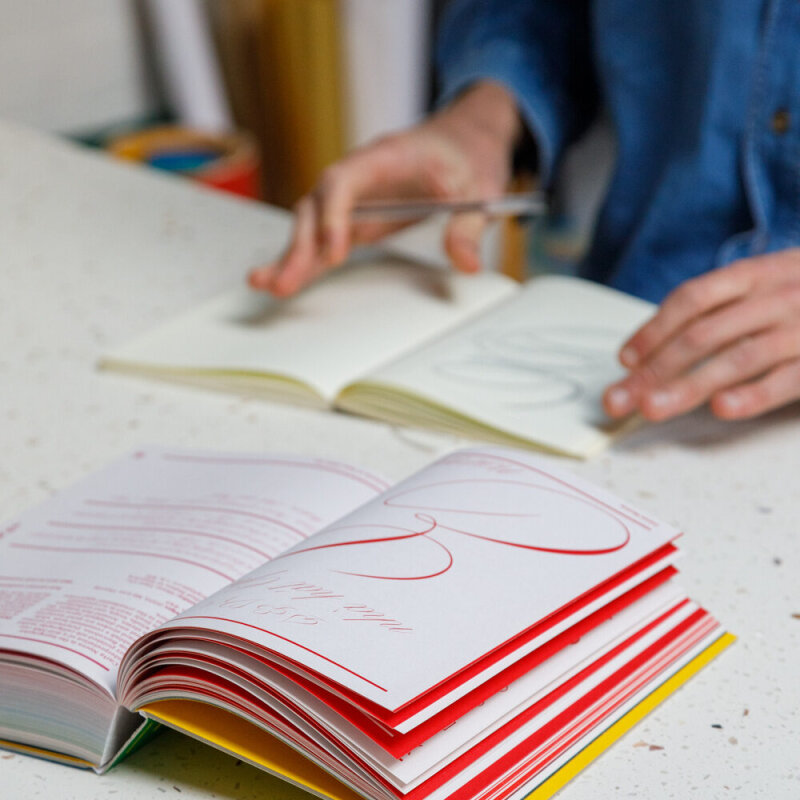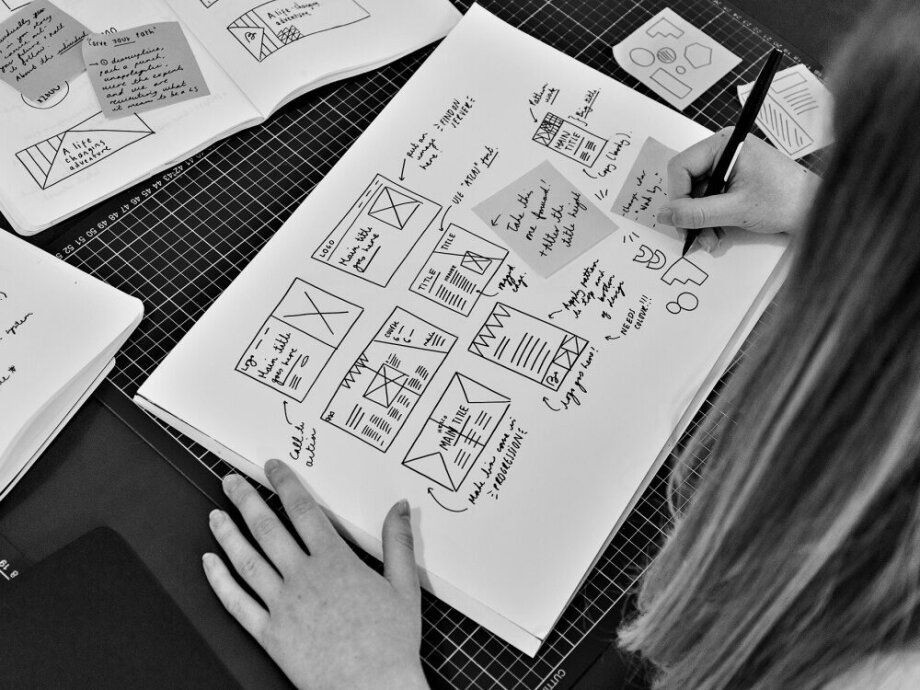Putting together a creative brief for a project can be a daunting process. Where to begin? What information to include or leave out? How can you possibly whittle down all the relevant information into just one document?
Here, we delve into best practises for putting together a creative brief. Whilst not an exhaustive list, including key bits of information will help a creative agency to understand and work towards your project.
Even the best creative minds in the world can’t solve a problem they don’t understand.
What is a creative brief?
A creative brief is a short document that sums up a project’s mission, goals, challenges, demographics, messaging, and other key details. Typically produced by the person heading up the project, a creative brief outlines the problems to solve and offers the tools they might need, without prescribing a solution.

Why do you need a creative brief?
To start – you need a plan! A solid creative brief ensures everyone is on the same page before the project has begun and acts as a guiding north star throughout. Simultaneously allowing a project to stay on track, whilst underpinning the creative concept and strategic thinking.
A creative brief helps align everyone on the task at hand. Even the best creative minds in the world can’t solve a problem they don’t understand. More than just an arbitrary document, it is a tool that allows for clear and thorough communication from the very beginning of the design process. It prevents potential last-minute project changes, misunderstandings, and conflicting objectives along the way. Establishing parameters and crucially – building trust, at the beginning will help ensure a smoother project journey.
With larger projects that involve multiple stakeholders and various rounds of creative, it’s especially important to agree on the deliverables up front, so there’s no potential for confusion later down the line.
Marjorie Newnham, Project Manager
Who is a creative brief for?
It’s quite likely that the people who will use the brief are an external creative agency who may not be familiar with language that is specific to your industry. So it should be accessible to a designer or web developer, for example, and avoid lots of acronyms or jargon. However, worth adding that this doesn’t mean a creative brief needs to be dry! It’s meant to incite enthusiasm and possibilities.
It’s valuable for us to know if a client’s been through a similar creative process before, or if this is their first time. It allows us to tailor our approach based on their level of understanding of the process, as the acronyms and jargon exist in our industry too.
Hayley Yates, Account Director
What should a creative brief include?
1. Your company’s background, ethos, or mission.
Firstly, begin with an introduction into who you are and what you do. This is particularly important when briefing an external agency who are likely to have limited information on your business prior to the project. Make sure to include the values that drive your business and your brand mission statement (if you have one), as well as unpacking the key products or services that you offer.
2. An explanation of the project, and how it fits into the overall strategy of your business.
The bigger picture helps to understand what you are trying to achieve and why. Maybe your business has changed route and needs a refreshed brand identity to communicate this shift?
3. Your audience.
Who is this even for?! Are you trying to tap into a new audience? It is helpful to share demographic information and any behavioural insights you may have already gathered.
4. What are you hoping to achieve?
Essentially: why are you undertaking the project? How will you know if the project is a success? Are there any measurable goals you are hoping to reach? Alongside this, list an outline of any specific deliverables you are hoping for, as well as any ‘nice-to-haves’.
5. Your competition and any challenges you anticipate.
This is helpful to understand your unique position in the market, as well as the trends impacting your industry. If you have any particular elements you want to avoid as they are too close to a competitor, then you can note them here.
In addition, if the project is large and there are various stakeholders involved, it may be worth listing them out. It allows the creative agency to understand who will be involved in the process and sign-off.
6. Any logistical details, including budget and time frame.
Finally, it is helpful to include an overall timeline and note any particular key dates when you will need deliverables. If there is a big product launch, for example, it’s important you outline this. The available budget is also crucial to ensure resources are properly allocated and to avoid overspending.
The more you are able to distill your thinking into concise points, the clearer it will be to the creative agency you’re partnering with.
Although it might seem like a lot of information to convey in a relatively limited amount of space, a good creative brief stays focused and to the point. Pages and pages of additional information should be unnecessary. The more you are able to distill your thinking into clear and concise points, the clearer it will be to the creative agency you’re partnering with. The brief process in itself, might in fact help to refine exactly what you’re hoping to achieve.

Working at the intersection of brand and digital, we take our partners with us at every step of the creative journey. Our open and inclusive ethos helps us to create joined up work that sparks change. Looking to start a creative project? We’d love to hear from you.
Article originally published on Bristol Creative Industries.









